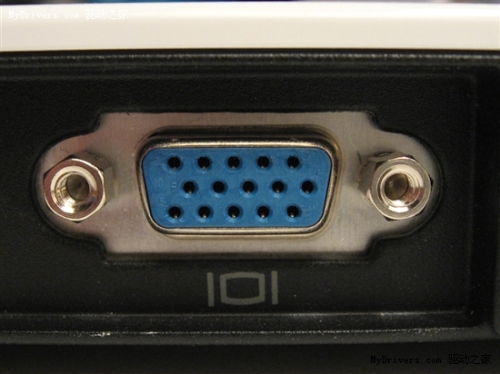 AMD, Intel, Dell, Lenovo, Samsung Electronics LCD, LG Display and other top five industry giants today announced that it will accelerate the popularization of flexible low-power digital interfaces such as HDMI and DisplayPort in the PC field, with a view to eliminating the analog interface as soon as possible.
AMD, Intel, Dell, Lenovo, Samsung Electronics LCD, LG Display and other top five industry giants today announced that it will accelerate the popularization of flexible low-power digital interfaces such as HDMI and DisplayPort in the PC field, with a view to eliminating the analog interface as soon as possible.
AMD and Intel expect that traditional analog video output interface technologies such as VGA and LVDS will completely disappear from their products in 2015. AMD plans to first remove support for native LVDS output in most products in 2013. In the same year, it began cutting down native VGA output and extended it to all of its products in 2015.
Intel’s specific plan is to end the support of LVDS for processors and chipsets in 2013 and bid farewell to VGA two years later. This means that the DVI-I interface that is compatible with both analog and digital signals will simultaneously exit the stage of history, leaving only the pure digital DVI-D.
VGA is now more than 20 years old, facing the ever-increasing frivolity of notebook design, continuous improvement in display resolution, and continuous expansion of display depth, has long been powerless, had to give way to HDMI, DisplayPort. In addition to the LCD panel, DisplayPort has the advantages of lower power consumption, high bandwidth in two-way communication, and high design efficiency, which are unmatched by LVDS.
HDMI was originally an interface standard for consumer electronics devices, but it has also been widely used in the PC field. DisplayPort comes directly from the PC and is expected to be the only digital interface for PC monitors, embedded tablets, and projectors.
It is conceivable that even after 2015, there will be a large number of VGA interface monitors and projectors, and these users do not need to worry about it. Only need to install a small adapter to continue with the new interface of the PC. Can get single-interface multi-screen output characteristics.
The respective display equipment divisions of Dell, Lenovo, Samsung, and LG all expressed their full support for this transition plan of AMD and Intel.